History
A new page in the history book of the Carolinas has opened in Barbados.
The grand 1650’s home of St John Colleton, lord proprietor of the Carolinas, has been opened as a guest house.
History buffs can now stay in the house in which the colonial settlement was planned and where two future governors grew up.
John Colleton was born in 1608 in Exeter, an important city in the south west of England. He came from a wealthy merchant family and as a young man was involved in the politics of the city.
In the 1640’s a dispute over power between the Stuart king Charles 1 and the English parliament led to a civil war.
When the local government of Exeter opted to back the parliamentarian led by Oliver Cromwell, Colleton and two other royalist resigned their posts.
In the bloody conflict that followed, Colleton donated £40,000 to help raise an army for the Royalist cause. Exeter became a major centre of conflict and when taken over by the Royalists, Colleton and his colleagues returned to the Council and took over control of the city.
Exeter was besieged and suffered great deprivation. Colleton’s wife Kathryne died in 1646, aged 37, during the final stages of the war, leaving him a widower with three young sons, Peter, who was 11, and younger brothers James and Thomas.
After the defeat of the Royalists, Colleton’s properties were seized and he was fined heavily by Parliament for his actions.
King Charles 1 was beheaded in 1649 and Colleton decided to seek the warmer and safer climes of Barbados in the Caribbean where the infant sugar industry was starting to generate great wealth.
The island had been settled by the British only 22 years earlier.
Sight unseen, he bought a 70 acres property called Ridges on the West Coast for £10 and 2400 pounds of tobacco. A small coral stone house was standing on the first ridge with stunning views over the Caribbean sea and it was to this modest property, he fled with his sons.
This building is the core of what is now the beautiful Colleton Great House Guest Cottage.
Oliver Cromwell dispatched the British navy to Barbados to capture Colleton and other Royalists who had fled to its shores and return them to England. However, they defended the island so strongly, the British Navy was unable to land.
Cannons from that defence still stand in the grounds of Colleton Great House.
John Colleton prospered as a sugar baron and acquired large landholdings in Barbados. He was a clever politician and managed to successfully change sides between the Royalist and Parliamentary causes as needed.
As befitting his station, he started the construction of a grand house next to the cottage, this to be known as Colleton Great House.
On the 1660 restoration of the son of the executed Charles 1 to the throne in England, Colleton returned to London to seek a reward for his loyalty to the Crown.
A grateful Charles II made him a baronet.
The newly-knighted Sir John Colleton then petitioned for a grant of land in America, realising that Barbados was becoming very popular.
He was one of eight Lord Proprietors who were granted what was to become North and South Carolina and all the land to the Pacific Ocean in 1663.
From Colleton Great House, Sir John planned the settlement of the Carolinas. The Carolinas became the “Colony of a Colony”.
Sir John died in 1660 aged 57 and the title passed to his eldest son Sir Peter who continued his father’s work and became governor of the Carolinas in 1670. In 1686, his young brother James began a four-year stint as governor but this ended badly when after rebellion, he was sent packing back to Barbados.
The Colleton family sold Colleton Great House in 1807 to a neighboring sugar planter called Cardogan.
As one of the oldest and most prestigious homes in Barbados, the home has passed through numerous owners over the centuries.
Another link with the Carolinas was established last century when the famous and hugely-talented singer Nina Simone from Tryon North Carolina came to stay.
Her career as the No.1 singer in the US was suffering because of her role in the civil rights movement and she came to Colleton Great House for some respite. During her stay, she allegedly had an affair with Errol Barrow, then the first Prime Minister of the newly-independent Barbados.
The Great House first opened as a guest house in the 1960’s, however by the 1980’s it was a run-down and semi dilapidated property and was then purchased by a retired Australian oil explorer, Frank Rickwood.
Rickwood was a passionate art collector and filled the restored Colleton Great House with renaissance paintings and furniture from Europe and one of the world’s most outstanding private collections of Pacific and African tribal art.
The Davy family bought Colleton Great House in early 2019 and have made a number of improvements and renovations to the properties on the Estate. The majority of art remains within the Great House and makes a stay at the boutique guest house unique, providing the luxury and comfort expected from visitors whilst maintaining the history of the property.
People wishing to visit Barbados and stay in Colleton Great House or in the Guest Cottage can be accommodated and historical tours of the island can be organized with the Barbados Museum and Historical Society.

